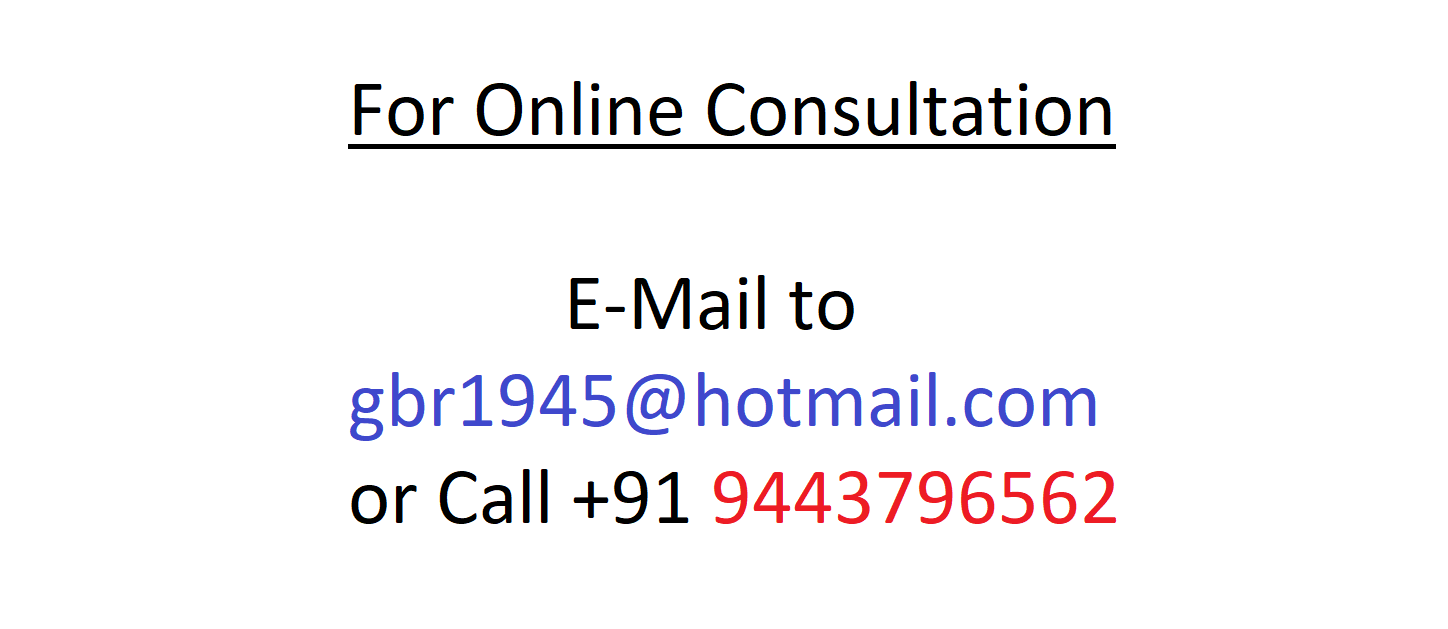What is cataract?
Is a condition in which the lucidity of the natural lens within the eye gradually decreases, thereby upsetting visual quality. In cataract eye, the light passing through the lens is blocked and gets distorted, causing visual impairment. Cataract in the eye occurs as the person becomes old but can occasionally occur rapidly. With the process of aging, the structure of specific proteins within the lens that are responsible for maintaining clarity are altered, ultimately leading to a gradual clouding of the lens.

Hereditary enzyme defects are responsible for the cataracts at birth or in early childhood. Severe trauma to the eye, eye surgery and prolonged exposure to ultraviolet-light rays, diabetes, cortisone medication or intraocular inflammation may also be responsible for the cataract in young age.
Cataract treatment
Topical eye treatment (with eye drops) has been shown to improve transmissivity. The most common form of cataract treatment is cataract surgery. The three basic procedures for cataract surgery are: Phacoemulsification, extra capsular cataract surgery, intra capsular cataract surgery. Cataract intra-ocular lens surgery is safe and complication free. Cataract lens, which is an artificial lens is implanted at the time of cataract surgery which is necessary to produce the best visual results. Cataract lens implant is placed at or near the original site of the removed natural lens. With this replacement of lens with cataract lens vision can be rejuvenated. And since these cataract lens implants are not human tissues, the body will not reject them. But the insertion of lens for cataract carries several risks including infection, loosening of the lens, lens rotation etc. Peripheral vision, depth perception, and image size are not affected. Natural treatments for cataract include the use of herbal medicines. Cow milk, almonds, coriander seeds, fennel seeds and white pepper are used in different combination in the natural treatment. Fruits and salads also have factors that help in healing cataract.
Glaucoma
What is glaucoma?
Glaucoma, a leading cause of blindness results from the damage of the optical nerve. The cause of glaucoma is the development of high pressure in the eye which is damaging to the normal performance of these nerve fibres. Non-functional nerve fibres stops retinal function in the area of origin, leading to defects in vision. `Sneak thief of sight’ is the best expression about glaucoma, since glaucoma in the eye is painless, without symptoms and irreversible. Family history of glaucoma, black racial ancestry, diabetes, age over 45 years, etc. is other reasons for glaucoma in the eye. Glaucoma is classified either as open-angle glaucoma or angle-closure glaucoma.

What are the symptoms of glaucoma?
For majority of glaucoma eye, there are no evident symptoms until the nerve fibres are severely damaged. Impaired vision may be the first sign of glaucoma. The open-angle glaucoma usually shows no specific symptoms in the early stage. As the pressure inside the eye builds up, resulting in nerve damage and loss of peripheral vision, which is an important sign of glaucoma. In acute angle closure glaucoma, the aqueous humor gets blocked between iris and lens cause severe pain, nausea, vomiting, blurred vision. The acute angle-glaucoma known by the other name narrow angle glaucoma is a medical emergency and needs immediate attention. Chronic angle-glaucoma progresses very slowly and can cause glaucoma without symptoms.
Diagnosis of glaucoma
The glaucoma specialist may prescribe a number of glaucoma tests to arrive at a decision. These tests include tonometry which measures the pressure inside the eye, ophthalmoscopy to check the overall health of the eye, gonioscopy which detects the angle in which the cornea meets iris, thereby differentiating open and close angle glaucoma, perimetry to check the visual sensitivity of the person, analysis of nerve fibres, pachymetry which measures the thickness of cornea.
What is the treatment for glaucoma?
The proper prevention of optic nerve damage and the resulting blindness is by early detection and regular treatment. The objective of treatment of glaucoma is reducing the high pressure in the eye. There are three ways to reduce the pressure in glaucoma. Prescription eye drops for glaucoma help reducing the pressure inside the eye when taken regularly. Topical agents used for glaucoma therapy also help in maintaining the normal pressure inside the eyes. The laser techniques help in draining the fluid out of eye. The conventional surgery for glaucoma, trabeculectomy is used when all other techniques fails to treat glaucoma. But these glaucoma operations are temporary solutions and may need further medication or repeated surgery. Periodic examinations are very important to prevent loss of vision.










